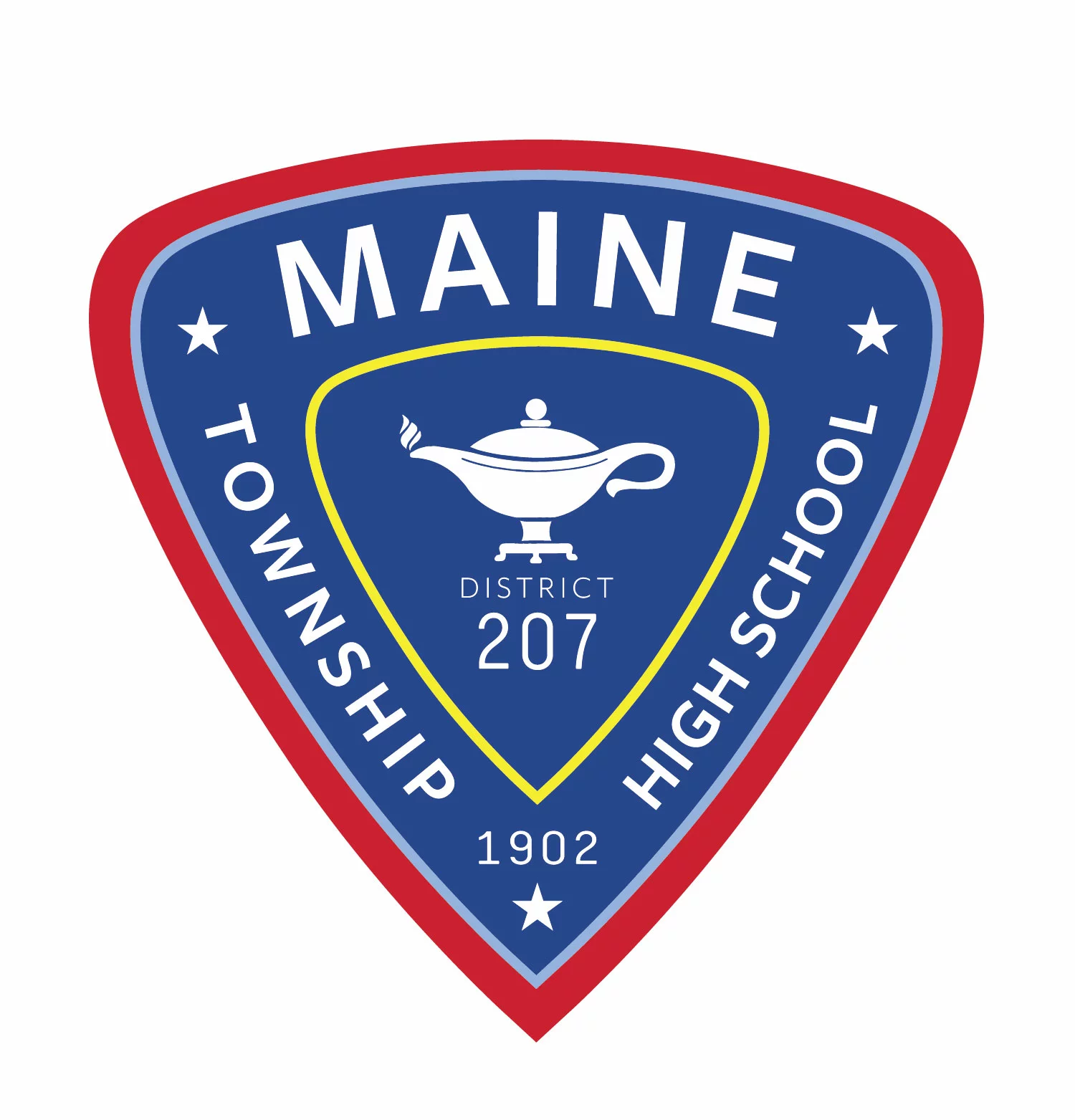A major curricular change that Maine Township District 207 is making in the area of mathematics is our move to Integrated Math beginning with the 2019 – 2020 school year. Please take a moment to review the video explaining the move to our integrated approach and the video explaining our competency model of assessment and how students earn a grade in integrated math. Below the presentation, you will find an FAQ document. Should you have further questions, please contact the Mathematics Department Chairperson at the school your child attends.
Transition to Integrated Mathematics Frequently Asked Questions
What is Integrated Mathematics?
Traditionally, high school mathematics in the United States is taught in the sequence of Algebra 1, Geometry, and Algebra 2. Integrated mathematics re-imagines these courses as Math 1, Math 2, and Math 3, where algebraic, geometric, and statistical thinking are embedded throughout all three courses. Much of the elementary mathematics curriculum is already organized in this way. Spiraling concepts in this way supports the continued practice of mathematical skills and concepts to help embed them in long-term memory.
Why are we making this transition?
Research around mathematics education calls for learning that is collaborative, creative, connected (within and beyond the discipline), visual, and values depth of learning over speed. In an integrated mathematics curriculum, content is coherently sequenced to emphasize mathematical connections, the application of mathematical ideas to everyday situations, and problem-solving. The use of an integrated curriculum is actually widespread in many high-achieving countries around the world. As a district, we are continually evaluating our curriculum and course offerings to ensure that they best meet students’ needs and goals, both now and after high school. This change supports the mathematical experience that we desire for our students, which includes an appropriate balance of conceptual understanding, procedural fluency, and real-world applications, as well as the development of positive dispositions toward mathematics.
How will my student’s course sequence and selection be affected?
Each of the three courses, Math 1, Math 2, and Math 3, will be implemented one year at a time. In the fall of 2019, any student who would have taken Algebra 1 under the previous course sequence will enroll in Math 1. Students who have already had a course in Algebra 1, Geometry, or Algebra 2 will not be affected and will continue taking courses under the traditional course sequence structure.
What will be the impact of courses beyond Math 3? Can my student still take Calculus?
After Math 3, students will have the option of taking precalculus or other mathematics elective offerings, including dual-credit courses and Advanced Placement Statistics. AP Calculus AB and AP Calculus BC will still be offered for students who have successfully completed precalculus and for whom calculus is an appropriate choice based on their post-high school plans. Multivariable Calculus and Differential Equations will also continue to be offered. In short, students will continue to have multiple pathways to choose from after Math 3 in order to meet their needs and goals for post-high school preparation.
Will colleges and universities look favorably upon these courses?
The NCAA has approved the courses Math 1, Math 2, and Math 3 for many schools. The new integrated courses will continue to be based on the Common Core Standards for Mathematics adopted by the State of Illinois, and will prepare students for rigorous coursework beyond Math 3. Other Illinois high schools have adopted this model and have seen no negative impact on college acceptance.
How have teachers been prepared to teach with this new curriculum?
District 207 teachers began preparation during the summer of 2018 and continue to meet weekly during the 2018-2019 school year. Every mathematics teacher in District 207 as well as many of our mathematics teachers from our sending schools attended training in the fall of 2018 presented by the curriculum writers of the Mathematics Vision Project, which is the curriculum we will use to support our change to an integrated mathematics sequence.
